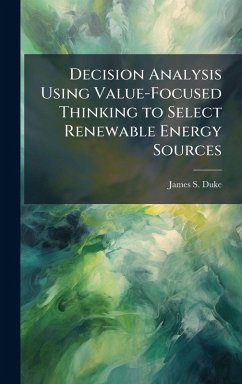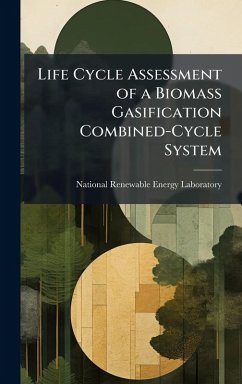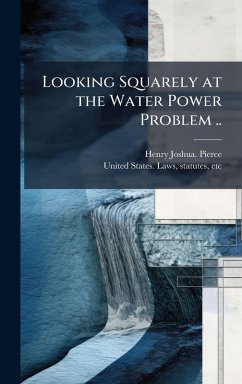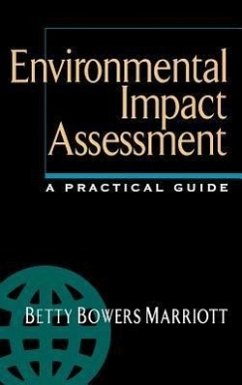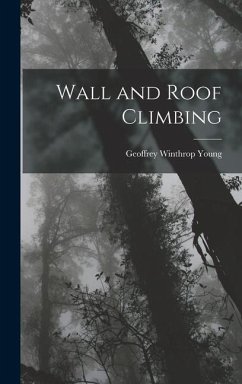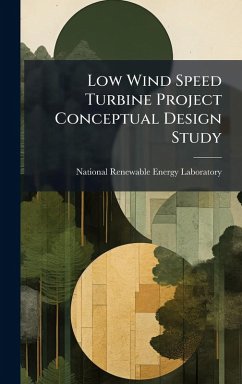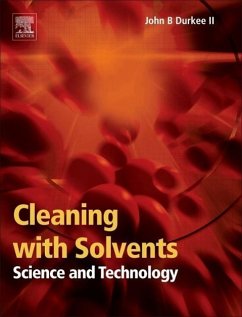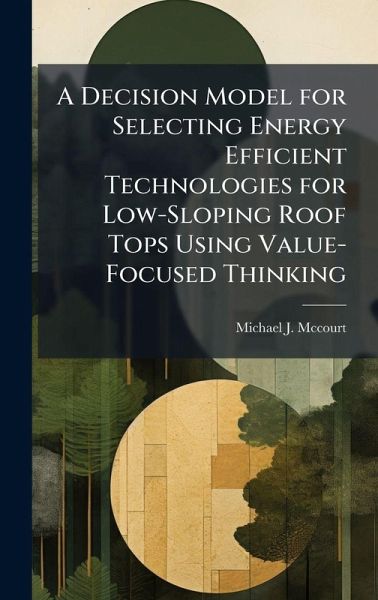
A Decision Model for Selecting Energy Efficient Technologies for Low-Sloping Roof Tops Using Value-Focused Thinking
Versandkostenfrei!
Versandfertig in über 4 Wochen
29,99 €
inkl. MwSt.
Weitere Ausgaben:

PAYBACK Punkte
15 °P sammeln!
The Air Force has a large inventory of low-sloping built up roofs (BURs) and millions of dollars are spent each year retrofitting these systems. The DOD has been directed to reduce non-renewable energy consumption by using energy-efficient technologies. These two details present a great opportunity to use the open roof space to install energy-efficient roofing technologies. The purpose of this research is to provide Air Force decision makers with a tool to assist them in deciding what roofing technologies should be installed on facilities. Value Focused-Thinking is the methodology used to cons...
The Air Force has a large inventory of low-sloping built up roofs (BURs) and millions of dollars are spent each year retrofitting these systems. The DOD has been directed to reduce non-renewable energy consumption by using energy-efficient technologies. These two details present a great opportunity to use the open roof space to install energy-efficient roofing technologies. The purpose of this research is to provide Air Force decision makers with a tool to assist them in deciding what roofing technologies should be installed on facilities. Value Focused-Thinking is the methodology used to construct the model, in which values were used, instead of alternatives, to create the model. This work has been selected by scholars as being culturally important, and is part of the knowledge base of civilization as we know it. This work was reproduced from the original artifact, and remains as true to the original work as possible. Therefore, you will see the original copyright references, library stamps (as most of these works have been housed in our most important libraries around the world), and other notations in the work. This work is in the public domain in the United States of America, and possibly other nations. Within the United States, you may freely copy and distribute this work, as no entity (individual or corporate) has a copyright on the body of the work. As a reproduction of a historical artifact, this work may contain missing or blurred pages, poor pictures, errant marks, etc. Scholars believe, and we concur, that this work is important enough to be preserved, reproduced, and made generally available to the public. We appreciate your support of the preservation process, and thank you for being an important part of keeping this knowledge alive and relevant.



